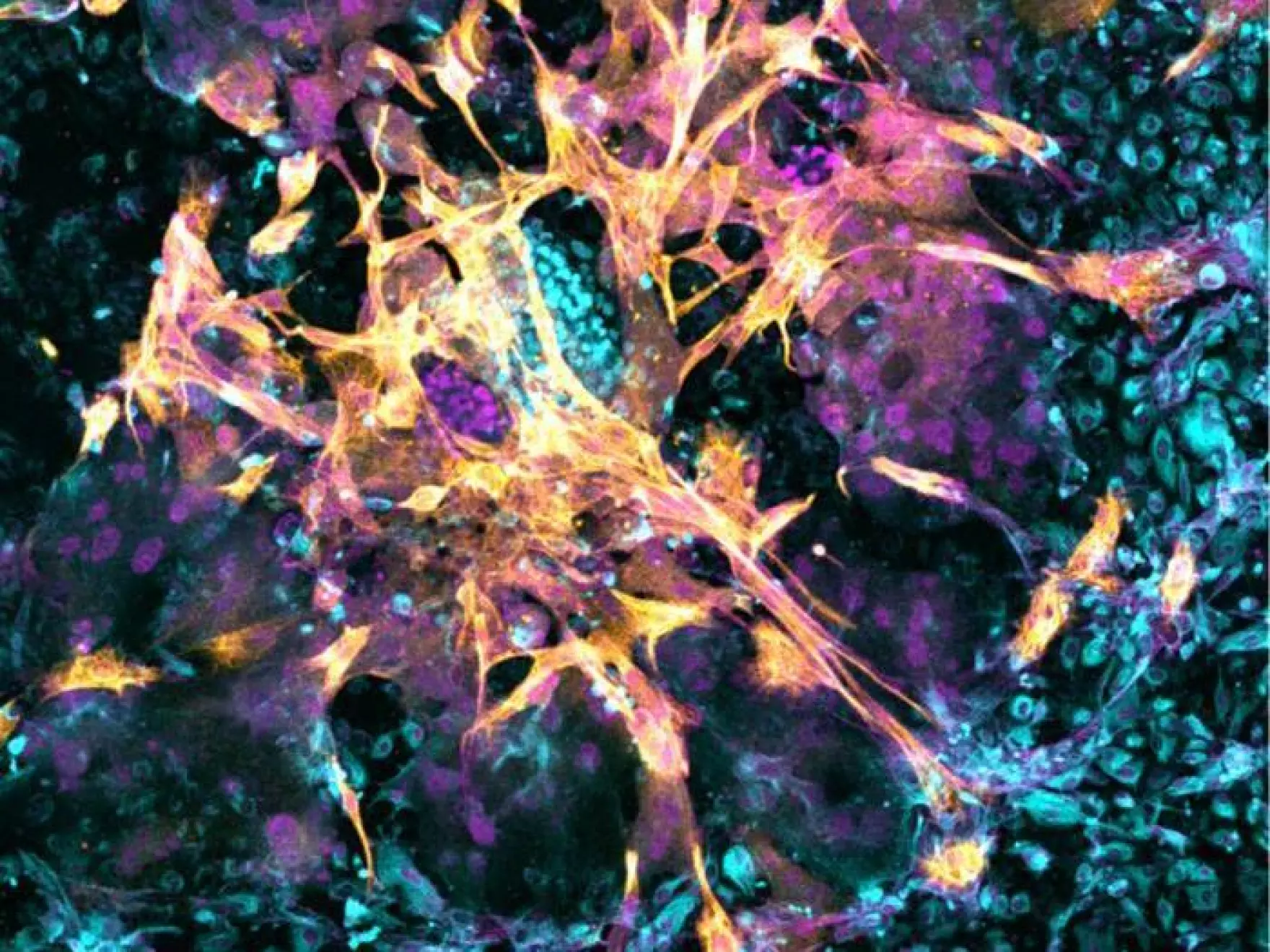Why certain body parts leave scientists baffled
Despite advances in evolutionary biology, the human body continues to pose riddles that remain unanswered. While scientists can explain the emergence of many anatomical features over billions of years, others – like the existence of the human chin or the unusual size of our testicles – still defy full understanding.
As researchers continue to map out our evolutionary history, the shape and function of several body parts raise fascinating questions. These questions go beyond how we evolved into Homo sapiens, and dive deeper into why we evolved this way.
Building the human machine over time
The human form is the result of evolutionary tinkering across more than four billion years. From the single-celled organisms of Earth’s early history to the complex organisms we are today, our anatomy was assembled layer by layer. Features such as backbones, limbs, hair, and even fingernails appeared as milestones on the evolutionary path through the animal kingdom, vertebrates, mammals, and ultimately, primates.
Understanding the chronological order of these traits is straightforward. But explaining their evolutionary purpose—why each developed the way it did—is often less so.
A chin with no clear function
The human chin stands as a unique feature among mammals. No other species has one. Theories about its function have ranged from aiding in speech or chewing to being a mere evolutionary accident. Yet, no consensus has been reached. It remains an example of what scientists refer to as an evolutionary byproduct, or a trait that persists without a clear adaptive benefit.
The testicle conundrum
One of the most studied but still perplexing traits is testicle size in primates. Compared to other primates, human testicles are moderate in size—significantly smaller than those of chimpanzees but larger than those of gorillas. This odd positioning has raised questions for decades.
To better understand this, researchers have turned to examples of convergent evolution—when similar traits evolve in unrelated lineages due to similar environmental pressures. Primate testicle size provides a perfect case study. For instance, macaques and colobus monkeys are of similar body size, but their testicles vary wildly: macaques have much larger testicles than colobus monkeys.
Sperm wars and social structures
The reason? Mating behavior. Species with promiscuous social structures, like macaques and chimpanzees, tend to evolve larger testicles. In these groups, males compete at a sperm level inside the female reproductive tract. Larger testicles produce more sperm, increasing reproductive odds.
In contrast, species like the gorilla or colobus monkey typically form harem-based systems, where one dominant male mates with a group of females. With no sperm competition, the biological incentive to produce more sperm—and therefore to evolve larger testicles—is absent.
When traits evolve more than once
These patterns of repeated evolution, also seen in birds like swallows and swifts, help scientists understand function through what is effectively nature’s trial-and-error process. In some cases, however, convergence creates confusion, leading researchers to misclassify evolutionary relationships until genetic studies clarify the picture.
Beyond functionality: sexual selection and aesthetics
Evolution doesn’t always reward utility. Sometimes, traits evolve due to sexual selection—being attractive to mates, even if the trait serves no practical purpose. The peacock’s tail is a famous example. Testicle size could serve a similar function in some species.
But what about features like chins? Unlike testicles, chins haven’t evolved repeatedly in other lineages, making it difficult to test hypotheses. Scientists are still examining whether it might be a spandrel—a byproduct of other evolutionary changes, like facial retraction.
The big picture of evolutionary biology
Ultimately, while many aspects of human anatomy are well understood, the evolutionary mysteries of the human body remain rich with unanswered questions. The study of comparative anatomy, mating systems, and genetic evolution continues to shed light on some of these enigmas, but others may remain obscure until new discoveries or technologies emerge.
As researchers explore these complexities, one thing is clear: even in the age of genomics and artificial intelligence, the full story of human evolution has not yet been told.







